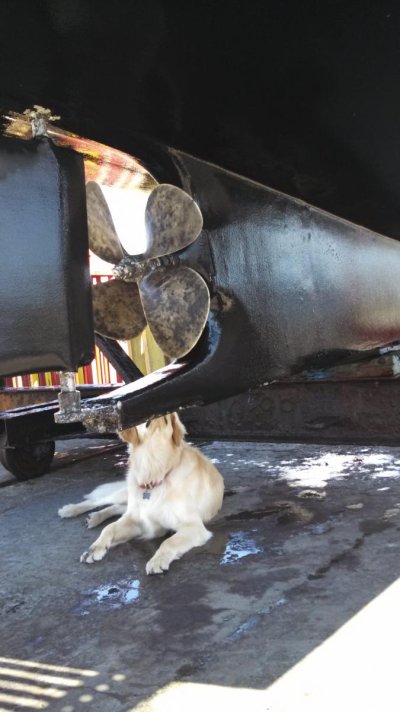RichF
Veteran Member
I have a 36' Island Gypsy Europa with a 120hp Lehman (2715e). It has a Warner gear box, 2:1. I have tried two different size props. Prop #1, a 24x17 four blade Michigan only allowed the boat to turn up to ~1900 RPM (8.5 knots) at wide open throttle (WOT). I switched it out that day in the yard to Prop #2, a 24x16 3 blade that I had on board as a spare. I gained another 100 RMP and about the same speed. At WOT with both props the exhaust was black, showing the engine is under heavy load. It isn't a governor issue as I tried this procedure with my hand on the actual engine throttle lever (just in case the cable had a limit nut). Does this prop seem too big? It is the only thing I can ascertain from this situation. I had two marine mechanics on board for this trial as well and the engine has a clean bill of health. ANY suggestions or advise would be great. I'm really interested in what other members have for their propellers.

 There is a lot of good debate/discussion on this forum, which I encourage you to read carefully.
There is a lot of good debate/discussion on this forum, which I encourage you to read carefully.

